
In this guide you will find all our tips on how to get around Paris.
Useful tips
Paris is very extensive, the main attractions are up to 5 km apart. The best solution is the metro, which is efficient and widespread. We also recommend the Paris Visite, the transport card for unlimited travel on the entire network (valid from 1 to 5 days). An excellent alternative is the tourist bus, to enjoy a panoramic tour of the city and easily reach the main attractions. For an original perspective, opt for a panoramic cruise on the Seine.
Getting around onfoot is ideal for discovering individual neighbourhoods. A very nice option for those who like the genre is the guided bike tour, perfect for a first approach and an unforgettable introduction to the sights of Paris. In the individual districts there are also free tours in Italian: we recommend the free tour of Montmartre, the free tour along the Seine, which also passes by the Louvre and Notre Dame, and the free tour in the Marais district, the trendiest district in Paris.
Finally, avoid the car: traffic is chaotic, parking is difficult to find and the centre is covered by an LEZ (low emission environment zone), for which a vignette is required.
Recommended solutions and means of transport: walking or cycling in individual districts ( free tours recommended), metro, RER, tourist bus
Solutions and means of transport not recommended: car, taxi
Transport cards and public transport passes: which one to choose?
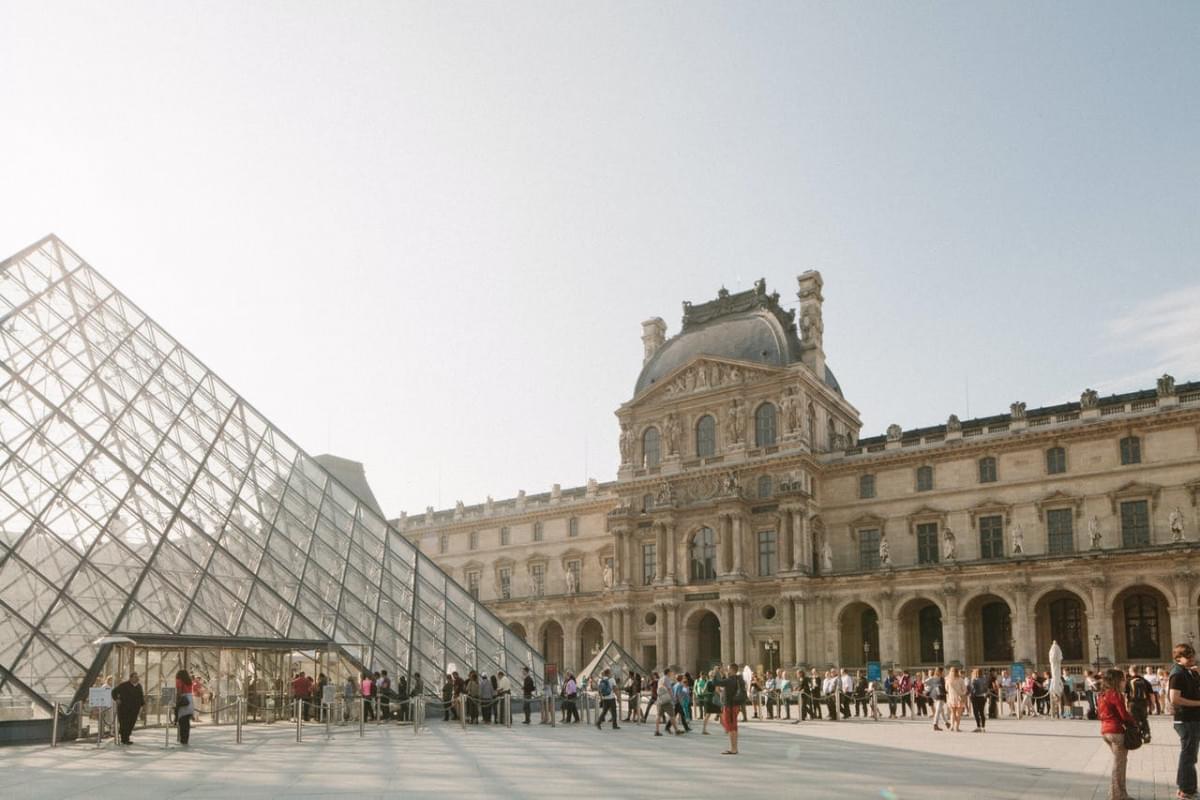
In addition to the Paris Visite (the most recommended for tourists) there is also the Navigo Pass, a transport card used by residents. To obtain it, you have to apply for it at one of the authorised counters by handing in a passport photo and paying €5.00. These are longer season tickets, with weekly, monthly and annual duration, and are therefore suitable for students, commuters and residents.
If you buy the Paris Pass be careful: transport is not included. However, entry to several attractions, the sightseeing bus and the cruise on the Seine are included in this pass. It is therefore perfectly complementary to the Paris Visite.
How to get from the airport to the centre of Paris
Paris has no less than three airports of different sizes, accommodating everything from intercontinental flights to low-cost flights. Reaching the French capital from Italy is therefore very easy and also cheap, with many direct flights departing daily.
The reference airports are Paris Charles De Gaulle, Paris Orly Airport and, finally, Paris-Beauvais Airport, the furthest of the three, where many low-cost airline flights land. The distance of the airports from the city centre varies but they are all well connected. Let's see them in detail.
Orient yourself with the map: on the official Paris transport website you can consult a map of the lines that connect the city to the two nearest airports, Charles De Gaulle and Orly.
Paris-Charles De Gaulle Airport
Distance from the centre: 25 km / travel time: 40 min;
By train: RER - line B to Paris - Châtelet-les-Halles/Gare du Nord / ticket cost: from €10.30;
By taxi: flat rate €50.00 / travel time: 40 min
By bus: average cost €12.50 / shuttle bus line Roissybus to Opéra station;
Private transfer: private transfer between the city and the airport
Paris-Orly airport
Distance from the centre: 15 km / travel time: 25 min;
By train: ORLYVAL shuttle + RER train - line B / ticket cost: from €12.05;
By taxi: flat rate €30.00 / travel time: 25 min;
By bus: average cost €8.70 / Orlybus line to Denfert-Rochereau station
Private transfer: private transfer to/from Orly airport
Beauvais Tille Airport
Distance from the centre: 80 km / travel time: 1 h 15 min;
By train: TER line to Paris Gare du Nord / ticket cost: from €14.00;
By taxi: average cost by day €170.00, by night €210.00 / travel time: 1 h 15 min;
By bus: full fare €29.00, reduced €19.80 / line Beauvais - Port Maillot;
Private transfer: private transfer to/from Beauvais Airport.
Getting around on foot

But when to go on foot? In order to choose areas to visit on foot, it is also important to understand the distances between the main attractions: from the Arc de Triomphe to the Louvre is about 3.4 km, from the Louvre to the Sacré-Cœur Basilica 3.2 km. Or, the Cathédrale Notre-Dame de Paris is a good 4.5 km from the Eiffel Tower. If you are staying in Paris for a weekend, the use of transport is necessary.
Take part in a free tour: for a first approach to the French capital and to better acclimatise yourself among its arrondissements and attractions, we recommend taking part in a free tour of Paris, where you can discover the most iconic places in the company of an expert guide.
With sharing services
Paris is a city that is increasingly moving towards sustainability, with several goals to reduce pollution as much as possible. You can therefore find numerous sharing services in the city. For several years now, the Vélib service has been active in the French capital, with over 20,000 bicycles, not to mention numerous electric scooter companies. Let us look at these services in detail:
Electric scooters: numerous companies are active, such as Lime (among the most used), Bird, Bolt, Wind, etc. For all companies, you have to download the appropriate app and register to locate the scooter, unlock it via qr code, locate the pick-up and drop-off zones, and make the payment (accepted methods credit and debit card, prepaid, paypal, apple pay, google pay depending on the company). The charge for unblocking is €1.00, then the average charge is €0.15/min;
Vélib: bike sharing service. It has over 20,000 bicycles and 1,800 stations all over the city. To use the service, you need to download the app, register and choose a subscription for 1 day, 1 month or 1 year. The app allows you to locate and unlock bicycles and then easily locate parking stations. Payment is made automatically at the end of the ride via the method indicated in the account (credit and debit card). First 30 min free, €1.00 for the next 30 min;
ShareNow: the most widely used car sharing service in Paris, very convenient. To use it, you have to download the app to register by entering your data (identity card or passport, driving licence and payment method, usually credit card). The app is also used to locate free cars and then unlock them and, at the end of the ride, locate parking areas. The average cost is €0.24/min.
By public transport
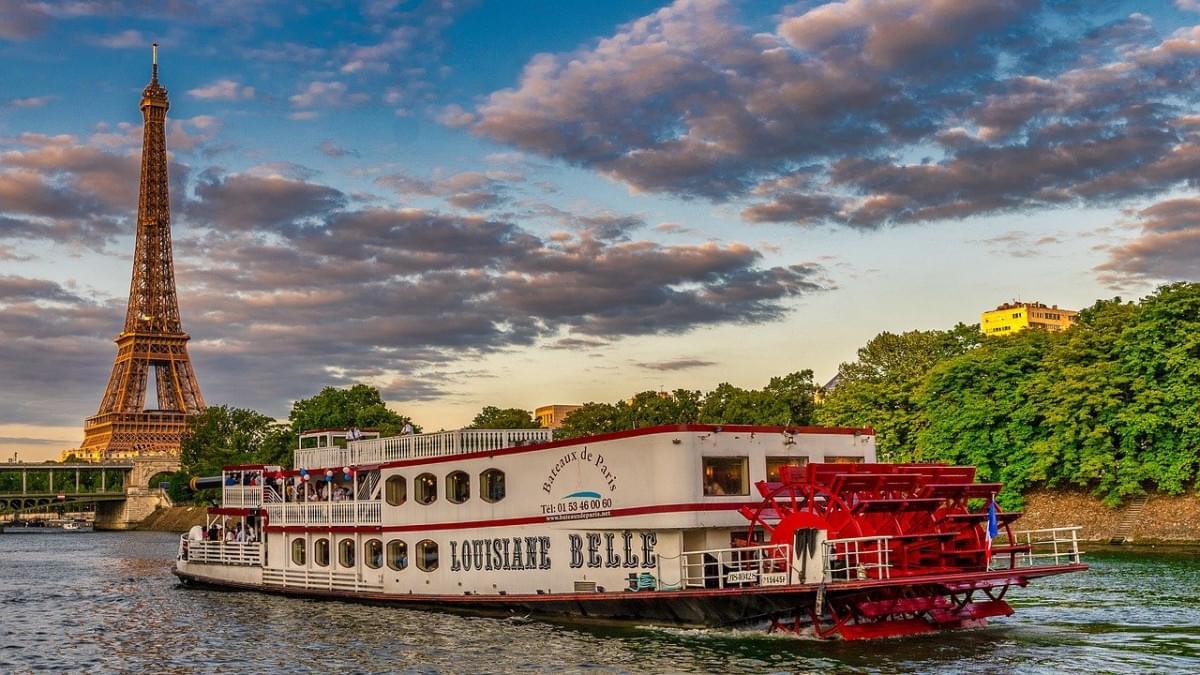
The city is divided into five fare zones, to which different fares correspond: zone 1 includes the centre of Paris; zone 2 the neighbouring communes including Vincennes and Saint-Denis; zone 3 includes La Défense; zone 4 Versailles and Orly; and finally zone 5 includes Charles de Gaulle Airport and Disneyland.
To better acclimatise yourself in the city, especially if you have never been to Paris before, we recommend getting on the hop on-hop off bus, which follows studied routes within the French capital and has numerous stops near the main attractions. Also, one of the activities not to be missed is a cruise on the Seine, from which you can admire Paris from a different perspective. Here, too, there is the hop on-hop off cruise service: for the duration of your ticket, you can hop on and off without limits.
Metro
The Paris metro consists of 16 lines that cover the city extensively. All major tourist attractions are located within zone 1. From a tourist point of view, line 1 is the main one, as it serves the main attractions. Line 6 from Place Charles de Gaulle takes you to the Eiffel Tower area, line 2 goes to Montmartre and the ultra-modern line 14 allows you to travel quickly between the Bercy area, the Gare de Lyon and the centre.
Downloadable map: click here
Hours: weekdays 5:30am-1:15pm, Fri-Sat and pre-holidays until 2:15am
Ticketprice/single journey: €1.90
Cost ofticket booklet/subscription: Paris Visite (1 day from €12.00, 3 days from €26.65, 5 days from €38.35)
Is the Paris metro safe at night? The Paris metro is safe at night but, as in any big city, it is always best to be careful and perhaps not to travel completely alone, but at least in pairs. However, avoid stations that are too peripheral and stay in the more central and busy areas.
RER
To the 16 metro lines, add the 5 high-speed RER train lines. They run under Paris and quickly reach neighbouring communes, offering a wide choice of stops within the city, often interchanging with the metro.
Downloadable map: click here
Hours: daily 5:30am-1:20pm
Ticketprice/single journey: €1.90
Cost ofticket booklet/subscription: Paris Visite (1 day from €12.00, 3 days from €26.65, 5 days from €38.35)
Not to be confused with the TER: the Transport Express Régional, the fast trains that travel from Paris to the different regions of France. While the RERs allow you to travel under Paris and the surrounding communes, with a TER train you can reach destinations such as Normandy, Brittany, Provence and even the Côte d'Azur. Ideal if you want to visit several areas of the country.
Bus
The bus is certainly less recommended than the metro and RER trains, as it is greatly affected by city traffic, road works and often strikes. However, it has numerous lines and an efficient night bus system, called Noctilien (marked with the letter N), which cover the times when the metro is not active. The most scenic lines are the 38, 68, 28 and 96, which pass by all the most important sites such as Notre-Dame, the Seine, the Louvre and the Latin Quarter.
Downloadable map: click here
Hours: 24h thanks to Noctilien night network (00:30-5:30)
Cost ofticket/single journey: €1.90
Cost of ticket booklet/subscription: Paris Visite (1 day from €12.00, 3 days from €26.65, 5 days from €38.35)
Tram
The tram is the least used means of transport, this is because it does not guarantee the same speed and coverage as the metro. In operation since 1992, the tram currently has 11 lines, but the network is not very extensive and does not serve all areas. Nevertheless, it remains a means of transport to be taken into consideration or that can offer a panoramic tour of the city.
Downloadable map: click here
Hours: daily 5:30am-00:30pm
Cost ofticket/single ride: €1.90
Cost of ticket booklet/subscription: Paris Visite (1 day from €12.00, 3 days from €26.65, 5 days from €38.35)
By Car

Moreover, the centre is a restricted traffic zone and parking costs can be very high indeed! Much better to get around by public transport during the day (with very cheap rates thanks to season tickets) and by taxi or night bus service at night, while within the neighbourhoods you can easily get around on foot. If you arrive in Paris by car, our advice is to choose an accommodation with a parking service included and leave your car in a safe place.
Is Uber used in Paris? Yes, there is a convenient Uber service in Paris and it is definitely a better solution than using a car. The advantage is that, via the app, you can choose your arrival point, know the cost of the ride in advance and check the ratings that other travellers have left for the driver. It is a very safe service, as you can also track your movements in real time, and also ideal for evening travel. It also operates from Paris-Charles de Gaulle Airport and Paris-Orly Airport.
ZFE - Zone à faibles émissions mobilité
The centre of Paris is covered by a ZFE-m, an acronym for zone à faibles émissions mobilité, i.e. a low-emission zone. The rules are constantly changing and, currently, the zone is active every day 8am-8pm for heavy goods vehicles and Mon-Fri 8am-8pm for all vehicles.
To access this zone, it is necessary to obtain the Crit'Air sticker, i.e. the air quality certificate. From July 2022, the Crit'Air 2 sticker will be required, and from 2024 the Crit'Air 1. To apply, you must register on the official website of the French Ministry of Ecological Transition or on the official LEZ-France website. The purpose of these zones is to reduce the environmental impact caused by car and vehicle pollution.
As mentioned, the rules are constantly changing, as Paris aims to reduce traffic in the centre completely by expanding pedestrian zones and bicycle lanes. In 2030, no more petrol or diesel vehicles will be allowed to circulate! To stay up-to-date, check the official website.
Parking and parking
Parking on the street in Paris is an option we do not recommend! Parking costs are high, in addition to the difficulty in finding them and the traffic that makes manoeuvring more difficult. In the centre, on-street parking is charged from Monday to Saturday between 9am and 8pm and costs, on average, €4.00/h!
If you are looking for a car park, the best solution is to opt for the underground ones, which are also guarded and open 24 hours a day, so you can be on the safe side. In this case, we advise you to rely on official parking sites such as Paris Parking, where you can find information such as location, hours, rules and rates.
Related articles
What are the closest ski resorts to Paris?

Shopping in Paris: the top shopping centres in Paris
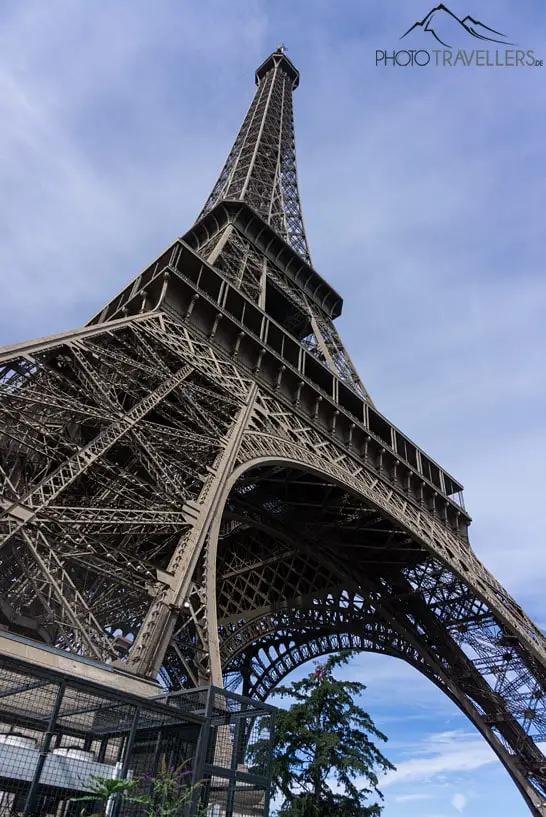
Paris with children - the 20 top highlights for families
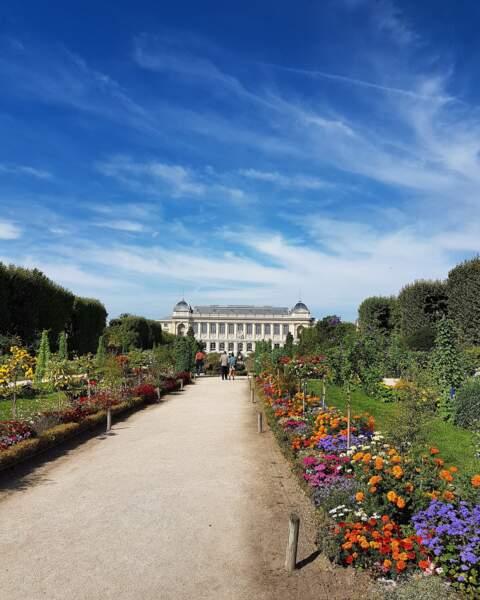
What to do in Paris if you love nature: 10 must-see places
Halal restaurant Paris: the top 42 best places

Top 8 Places to Celebrate New Year's Eve 2024 in Paris

10 things to pack for Paris
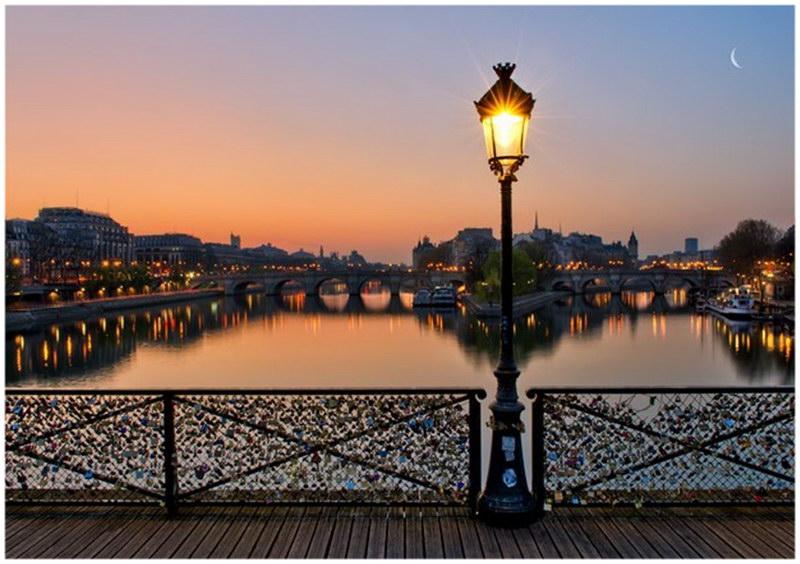
Top 10 places to say "I love you" in Paris